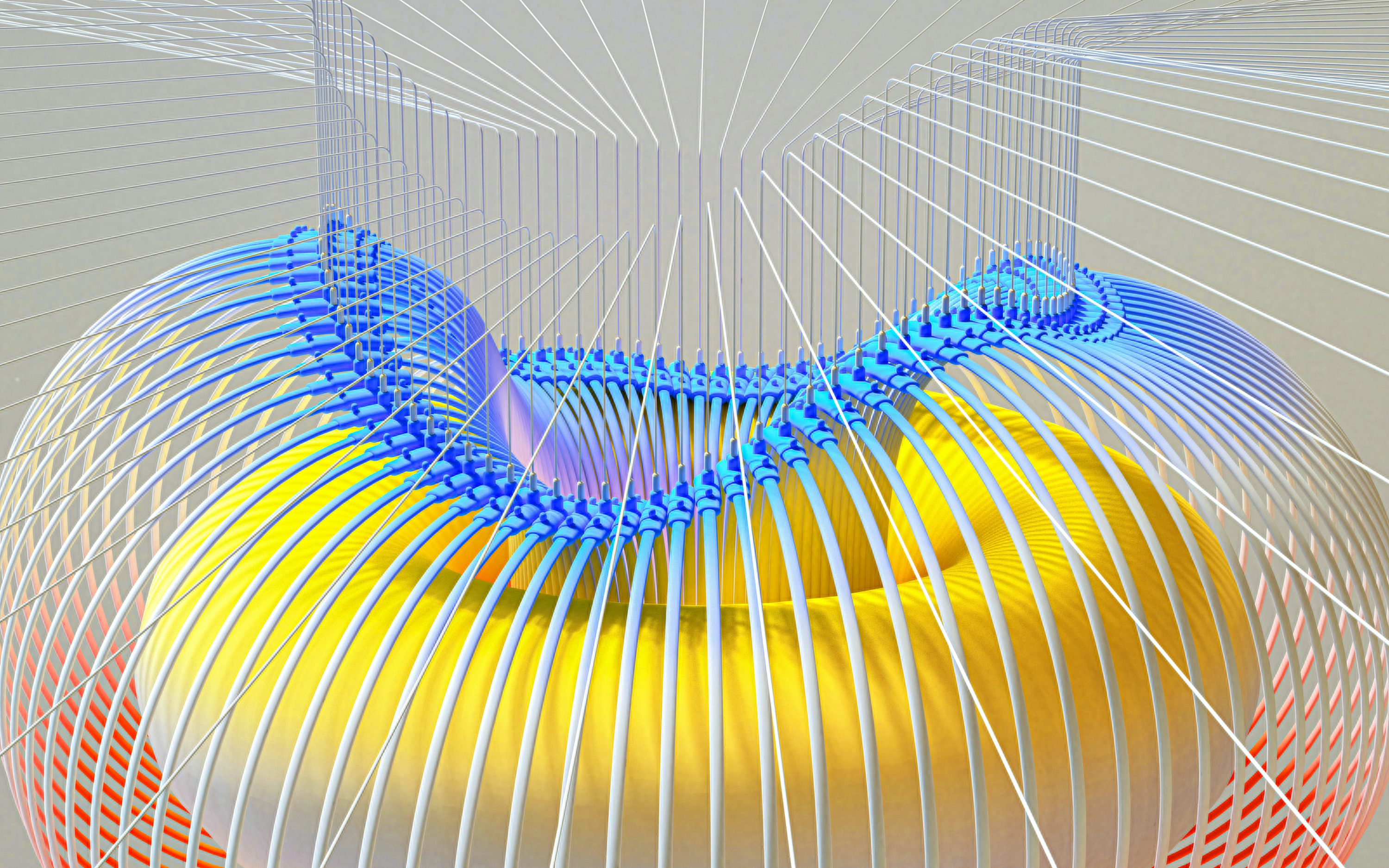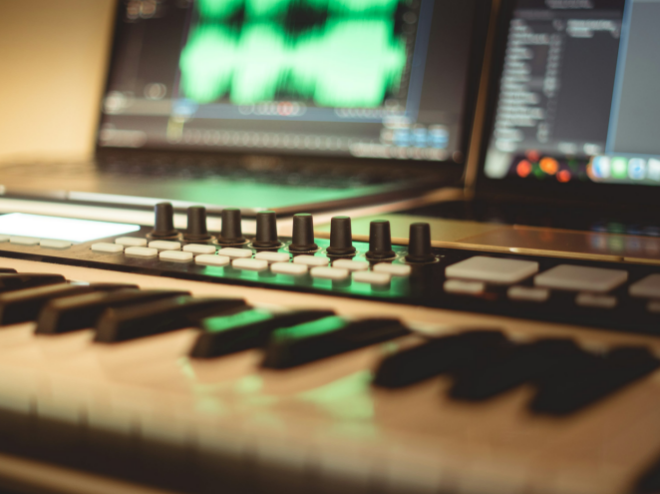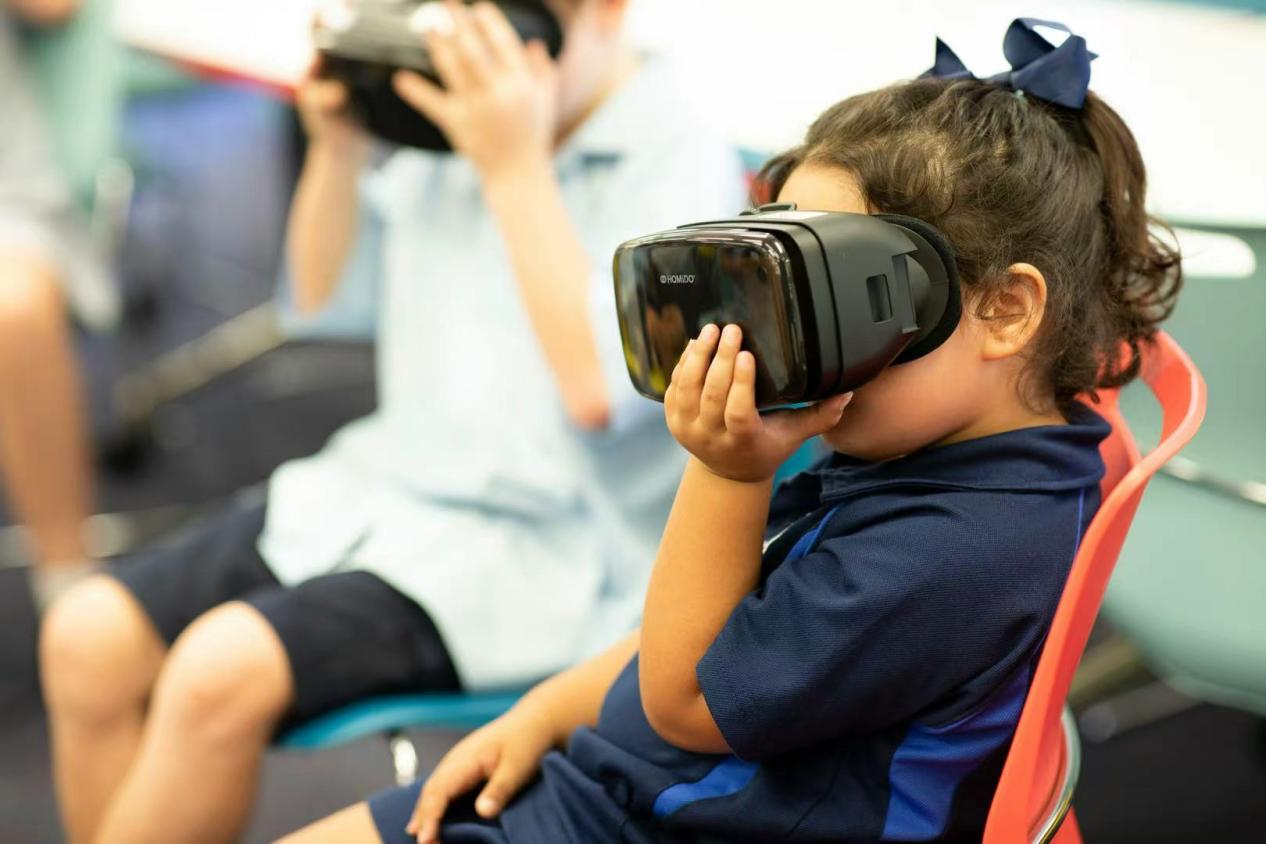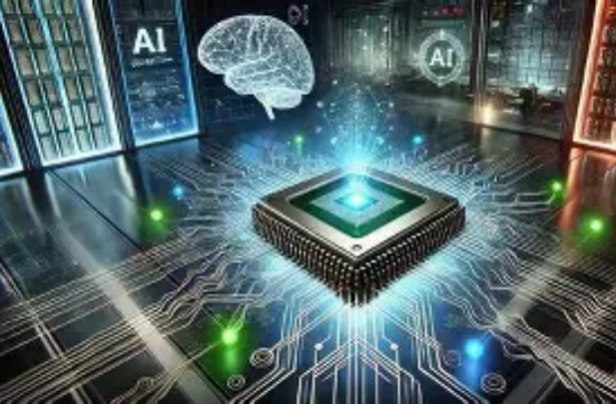As machines begin to assume repetitive and tedious tasks, society's structure quietly begins to shift. The power of automation no longer remains confined to robotic arms on factory assembly lines but permeates offices, logistics, finance, and even healthcare. The jobs we know are being reshaped, altering not only individual careers but profoundly disrupting how society functions.
First, automation delivers the most immediate change: a dramatic surge in productivity. A robot working round-the-clock never complains about overtime or makes mistakes due to fatigue. Algorithm-driven systems process data at astonishing speeds, demonstrating precision beyond human capabilities in everything from stock trading to medical record analysis. Yet this progress hides a sharp question: When machines perform human tasks, where does humanity fit?
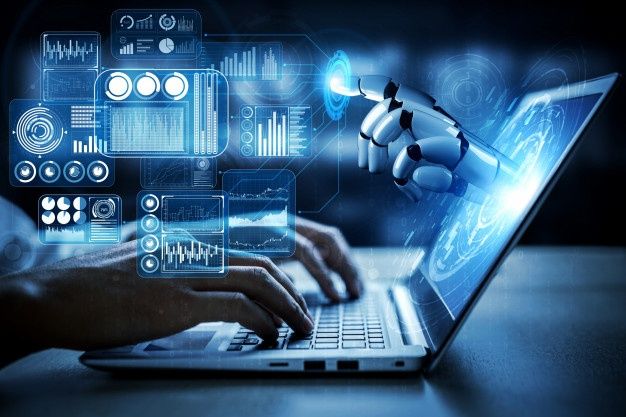
Once, professional identity formed the bedrock of social structure, with one's occupation largely determining status, income, and sense of belonging. Yet as customer service is replaced by AI voice assistants, drivers by autonomous vehicles, and accountants by automated reporting systems, this stability is eroding. Society is shifting away from occupational-based class divisions toward distinctions based on creativity, adaptability, and technological proficiency. This signals the emergence of new social hierarchies as traditional divisions fade.
Yet this shift isn't entirely negative. Automation simultaneously unleashes human creativity. While machines excel at rules, repetition, and high-speed execution, humans retain unique imagination and emotional depth. Fields requiring profound humanity—like art, design, research, and counseling—gain greater value as automation advances. Society may gradually evolve toward a new equilibrium: machines handle efficiency, humans deliver meaning.
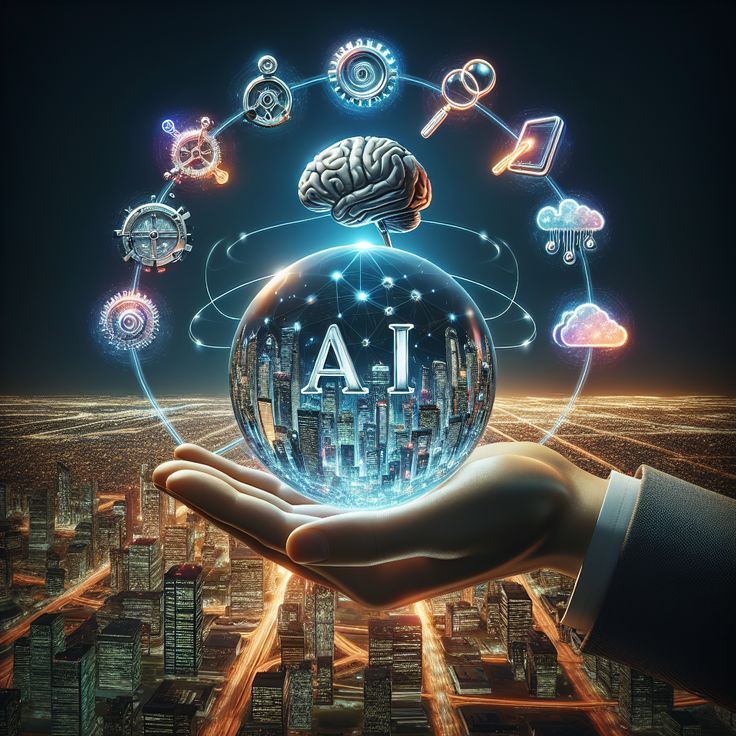
This shift also compels education and institutions to innovate. Traditional education models were designed to cultivate labor for industrial society, whereas future education must focus on flexibility and interdisciplinary thinking. People must learn not only how to collaborate with machines but also how to establish themselves in domains machines struggle to replace. Simultaneously, social systems require adjustment—such as how to distribute wealth generated by automation and how to design social security systems to mitigate the impact of unemployment.
Imagine a future where a basic income, supported by an automated economy, ensures everyone's livelihood. Humans no longer work merely “to survive,” but choose careers driven by interest, passion, and purpose. This may sound utopian, yet it represents a potential trajectory of automation. It not only redefines work but could also reshape human relationships.
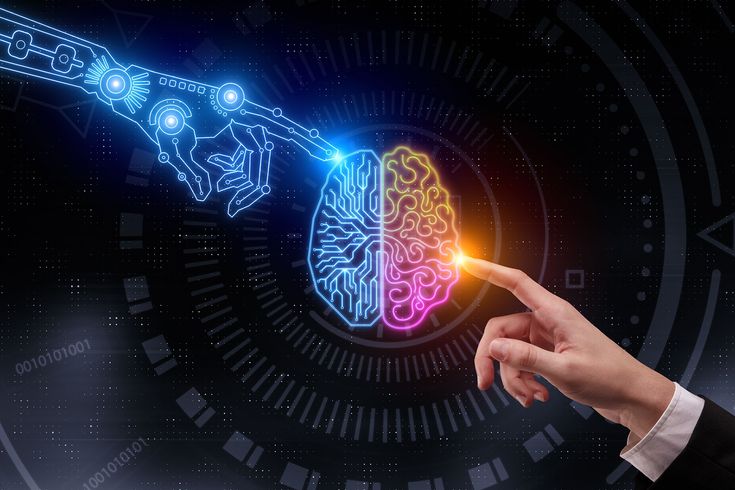
Automation is not a cold adversary but a mirror. It reflects both the fragility and opportunities within human society, compelling us to rethink identity, value, and the future. As machines increasingly resemble humans, humanity may paradoxically need to rediscover its own uniqueness. The future social structure will not be one where machines rule humans, but rather where humans learn to define a new order alongside machines.
This transformation is already underway. Every auto-reply click, every self-driving test vehicle, every algorithm-generated news article serves as evidence of society's quiet restructuring. While we may not halt automation's tide, we can choose how to ride its waves. Perhaps in the near future, society will unfold in an entirely new form, where the symbiosis of humans and machines becomes the new reality.

